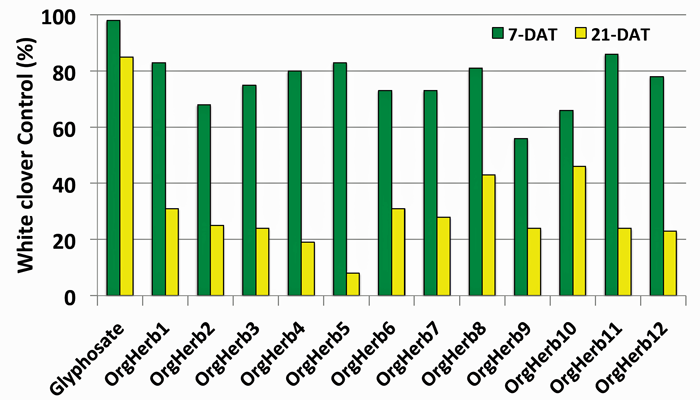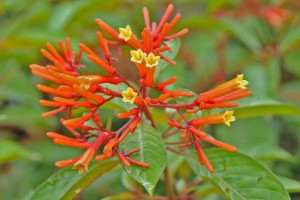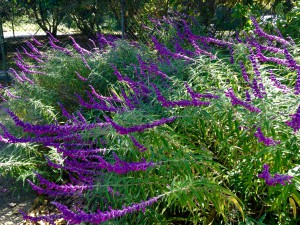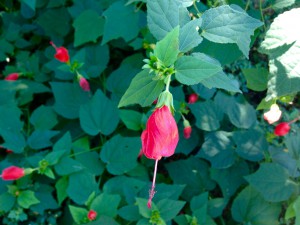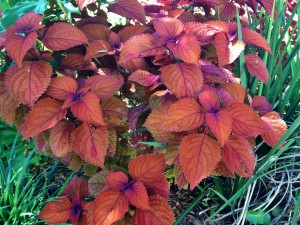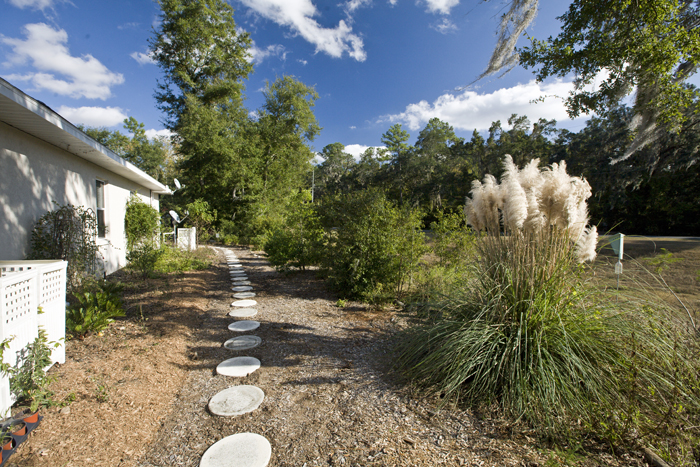
Challenges for Use of Glyphosate Alternatives in Urban Landscapes

Florida home and yard. Home, house, stone pavers, walkway, yard, landscaping. UF/IFAS Photo: Tyler Jones
Dr. Ramon Leon, Extension Weed Specialist, West Florida REC, Jay
Last year the International Agency for Research on Cancer (IARC) of the World Health Organization (WHO) classified glyphosate as “probably carcinogenic to humans.” This generated a lot of controversy because the Environmental Protection Agency (EPA), the European Food Safety Authority, and recently a joint report between the Food and Agriculture Organization (FAO) and WHO concluded that glyphosate is unlikely to be carcinogenic in humans.
As a University of Florida/IFAS Weed Specialist, I have been receiving multiple phone calls and e-mails from homeowners, homeowner associations (HOA), lawn care companies and contractors, municipalities, and county managers requesting a list of herbicides that are “safer” than glyphosate. When I ask them the reason for this particular preference, all of them acknowledged that their concern originated from hearing about the IARC report.
The first point that I always explain to people concerned about this issue is that most of the scientific evidence indicates that glyphosate does not have a higher carcinogenic risk compared to many other substances that they are normally exposed to in their daily activities. The second point is that it is important to continuously monitor how chemicals we use affect our health and the environment in the long run. The IARC report is a reminder that we should keep a close eye on glyphosate, the most widely used herbicide in the world, but it is not necessarily a call to stop using it, because at this point there is no direct evidence that it causes cancer in humans.
Very frequently, regardless of the technical details, many homeowners and citizens in urban areas are considering not using glyphosate in their gardens and landscapes, and they would like to use “safer” herbicides.
What do you mean by “safer?”
If you mean lower risk as a carcinogen, then most herbicides registered for use in urban areas would be acceptable because none of them are considered “probably carcinogenic” by IARC or any other regulatory agency. Therefore, you have multiple options to choose from. However, many of the conversations have lead to the statement, “No, I want something that is less toxic than glyphosate!”
Toxicity in pesticides is predominantly assessed using the lethal dose 50 (LD50), which indicates the amount of a chemical that kills 50% of a reference population of test animals (e.g. mice, rabbits, rats). When the LD50 is high, this means that the chemical has low toxicity, and when the LD50 is low it is considered that toxicity is higher because small amounts of the chemical can cause mortality. Glyphosate has one of the highest LD50s for herbicides. In other words, glyphosate is one of the least toxic herbicides available based on the LD50 standard. Therefore, if we want an alternative herbicide that is less toxic, we do not have any options for urban areas.
What about organic herbicides?
Many people associate “organic” with “safer.” This can be misleading because it depends on how safety is measured. For example, there are multiple organic herbicides that are considered to have the same or even higher toxicity when compared with glyphosate, because many of them have irritant and corrosive properties. Furthermore, organic herbicides have dramatically different herbicidal properties that make them unlikely alternatives to effectively replace glyphosate.
Glyphosate has one of the broadest spectrums of control, so it kills many different weed species effectively. Also, glyphosate works systemically. This means that it is absorbed by leaves and then moves inside the plant to growing points, roots, and other propagating structures. This systemic effect increases the ability to kill relatively large plants. In contrast, the majority of organic herbicides have a contact effect, so they only kill the tissue they touch without being able to move inside the plant. Therefore, they are effective at killing very small plants (<2 inches tall). Large plants can suffer leaf burning after treatment with organic herbicides, and if the application is done properly, the user will see a lot of control shortly after the application (Fig. 1). However, the plants will soon recover and the control level will decrease because, unlike plants treated with systemic herbicides, they can produce new growth from tissues that were not directly expose to the herbicide.
Figure 1. White clover (4 inches tall) control after treatment with glyphosate and twelve different organic herbicides based on natural oil extracts from plants. The green bars represent the level of control 7 days after treatment (DAT) and the yellow bars indicate control 21 DAT.
Considering the lack of alternatives to replace glyphosate, if you want to stop using this herbicide, and you do not want to use any other synthetic herbicides, because their toxicity might be higher, then you need to recognize that weed management will be more challenging. It is unfair to ask lawn care companies or members of HOAs to stop using the tools they have to control weeds and yet expect “weed free” lawns, gardens, and landscapes. Controlling weeds in these scenarios without glyphosate and other synthetic herbicides will require more intensive use of mechanical control approaches and hand weeding. Also, if relying on organic herbicides, these herbicides will have to be frequently applied (probably once or twice a week) in order to kill the weeds at the right time (before they get too big). Also, all these activities will increase weed control costs and the results will likely be not as satisfactory. Thus, you might end up paying more to have lawns and landscapes that will have more weeds escaping control. If this is not acceptable to you, then you probably should be more open to consider the weed control tools we have available. Also, you should be more vigilant about what are the appropriate ways to use them to minimize their risks to humans and the environment, while obtaining the benefits that you are seeking. Otherwise, you should get used to seeing more weeds in the landscape, and to be fair… this might not be as bad as some people think.

